One-to-one with Frederick Hampton
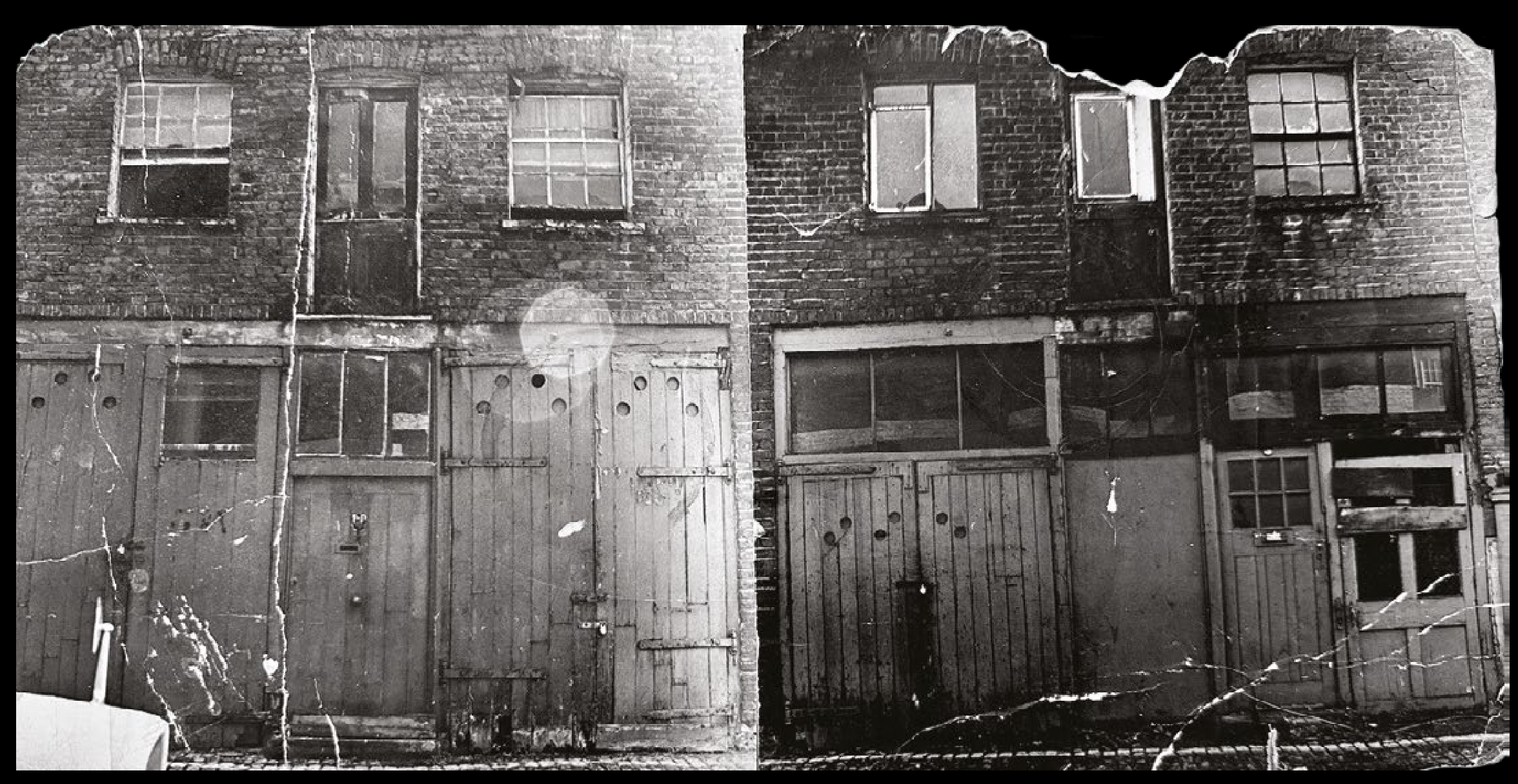
About buying not one, but two derelict houses 45 years ago in Junction Mews, Hyde Park & spotting the potential ahead of the trend for mews homes.
Written by Amanda Sharpe
Your involvement with Junction Mews spans almost five decades, how did you discover the property & what led you to become residents in Junction Mews?
A long-time friend of my wife’s parents had his office in the Boatman’s Institute at the end of Junction Mews. At the time, he knew we were looking for a new home after the arrival of our first child. So in 1978, we ended up buying two derelict houses in the same mews and began a complete renovation project to create our family home.
Back then the architects, Wilson-Robinson happened to have their practice in Junction Mews, before they moved on to Southwick Mews. We decided to engage their services and Barry Robinson was our architect. Between us, discussions and conversations led to the idea of creating a live/work space, back then something far less usual than it has become today. We got permission to add another floor, so as the property had consent for light industrial use, I was able to turn the ground floor space into a darkroom and photographic studio.
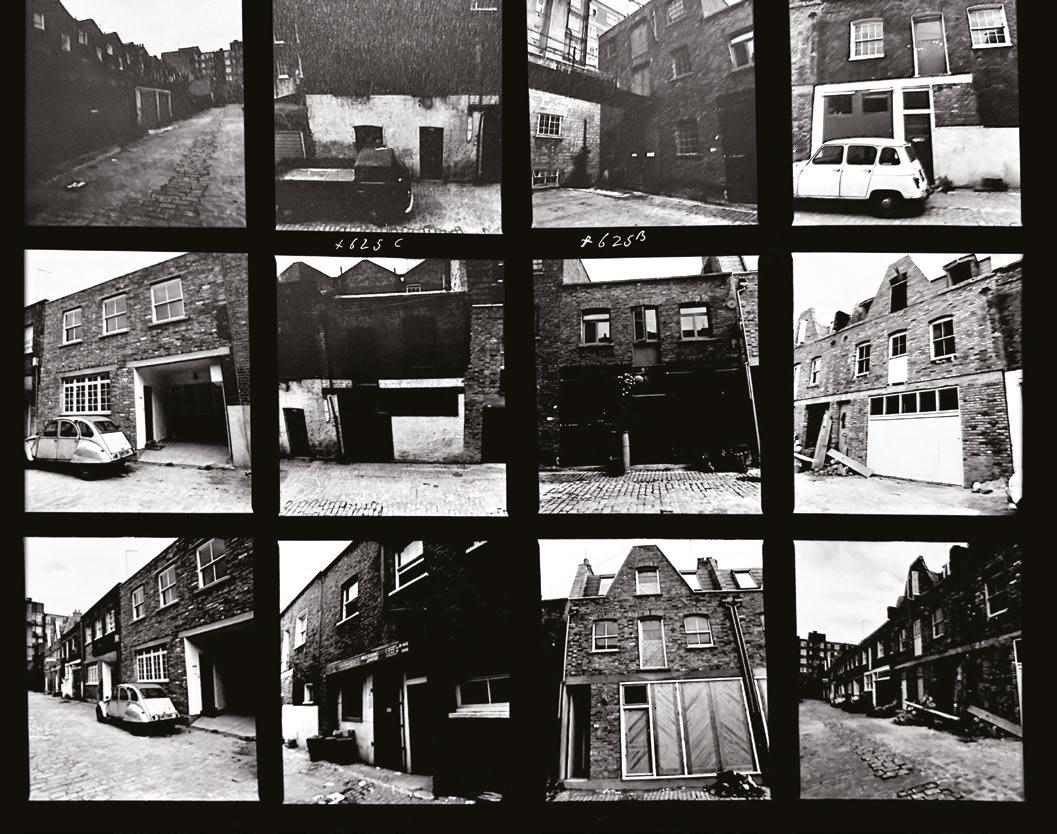
Were you already living in London at that time?
Not too much early history, but apparently our house had once been the local blacksmith. I did take a series of photographs of the buildings as they were when we first arrived in the mews; and passed them on to Westminster Council for their archive and to document this slice of London history.
Do you know much about the history of the Junction Mews property?
Not too much early history, but apparently our house had once been the local blacksmith. I did take a series of photographs of the buildings as they were when we first arrived in the mews; and passed them on to Westminster Council for their archive and to document this slice of London history.
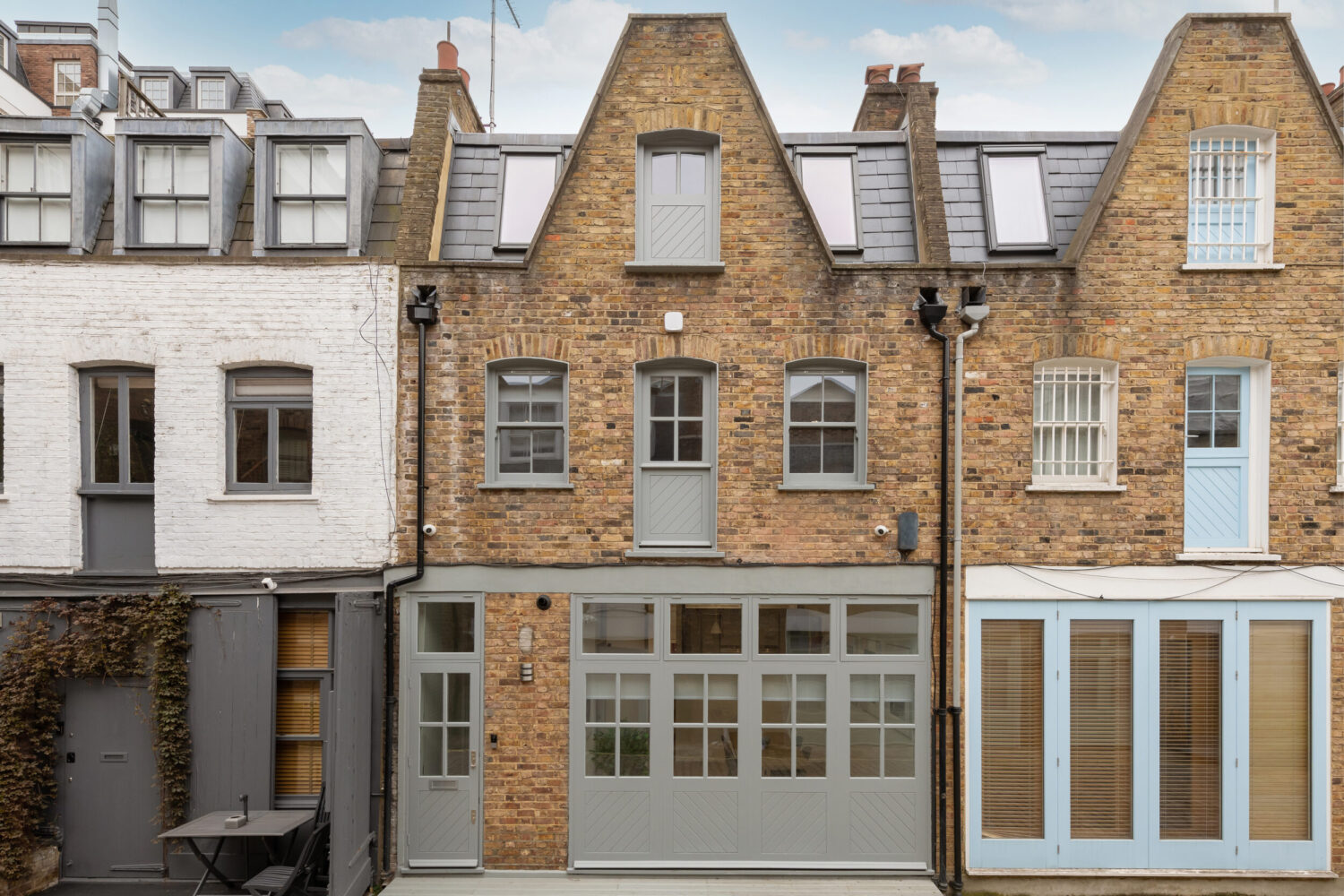
Tell me about the state of the property & what happened from there?
When we first embarked on our renovation project, very few houses were occupied as domestic homes; most of the neighbouring houses were completely derelict – ours were the first to be renovated. So, when we first moved in as a family, most of the other buildings were either used as workshops or stood empty, and on the north side there was a row of ugly lock-up garages. We felt a bit like pioneers undertaking something quite radical at that time.
What was the mews like then & how has the street changed & evolved over the years?
In the 1980s, Junction Mews was mainly a commercial mews lined with run-down buildings and no sense of a neighbourly community to speak of. Nowadays, it has become a very attractive residential mews with an exceptional community spirit and a great sense of belonging among homeowners.
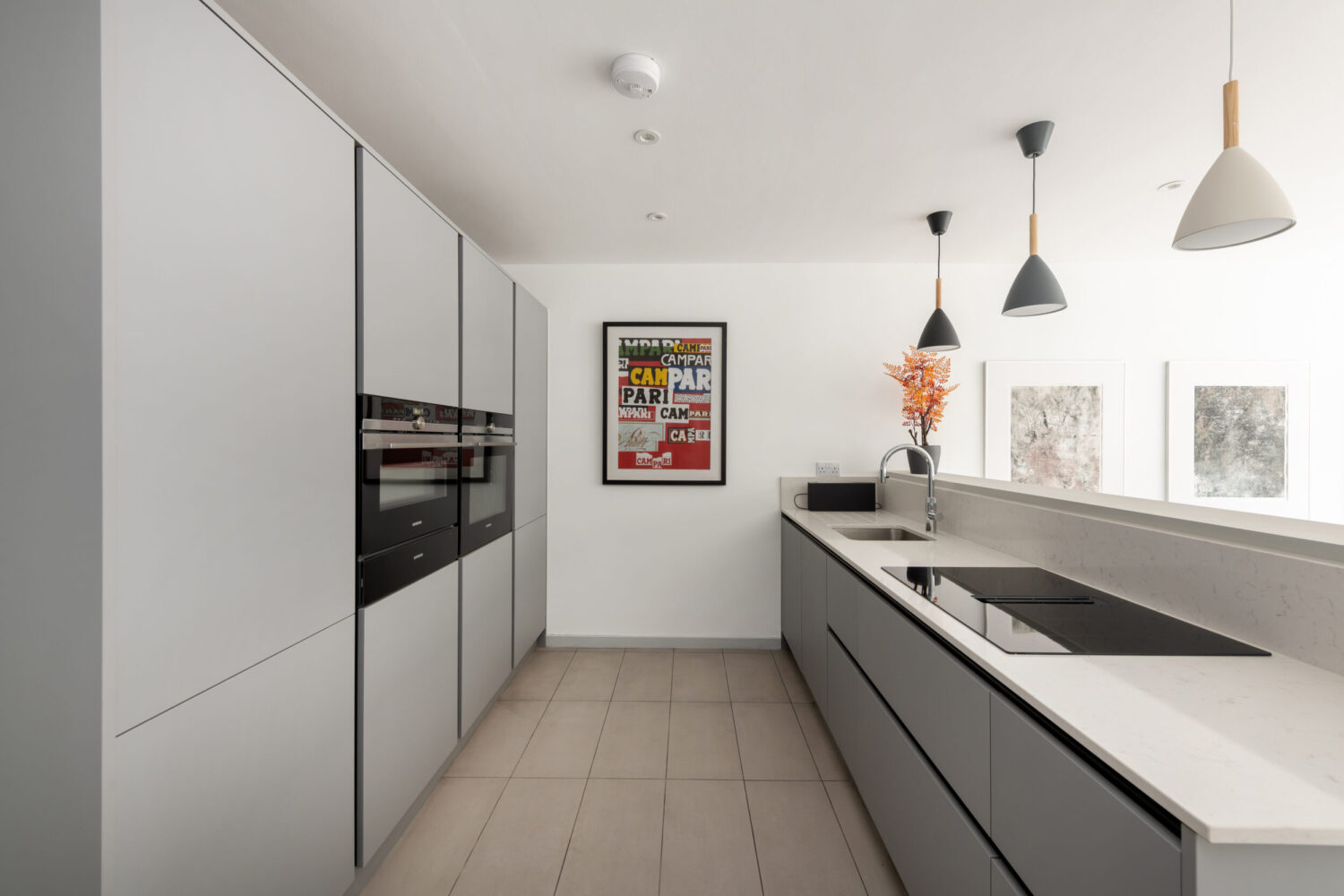
Any funny anecdotes or encounters with famous faces in the mews?
Well we’ve definitely enjoyed our fair share of glamorous and talented well known people over the years. Nigella Lawson moved in around 2013 after her marriage with Charles Saatchi ended and lived here for several years. As to how much I enjoyed her signature lemony chicken dish, I simply cannot say… Actor David McCallum, who played Illya Kuryakin in The Man From Uncle television series, rented a pied-à-terre there for a brief time. These days you might well recognise a few more famous faces living in Junction Mews – the quiet discreetly tucked away location is very appealing.
What are your favourite aspects & features of the property & mews itself?
t’s in such a central location within walking distance of vibrant interesting independent shops, friendly cafés and wonderful restaurants. The tube is close if you need to travel further afield and Paddington Station is there for a quick get-away abroad. The fact that Junction Mews is a cul de sac makes such a quiet place yet so convenient and close to the buzz of central London. Best of all is that this mews has such a friendly welcoming community.
What were your challenges in taking on the property?
Being the first to renovate was a steep learning curve and a labour of love. It took a while for the mews to evolve and become what it is today.
What makes mews living & life special?
In the summer, there are often barbecues which turn into spontaneous parties and committed mews dwellers just enjoy the sense of community, the friendship, fun and support living here provides.
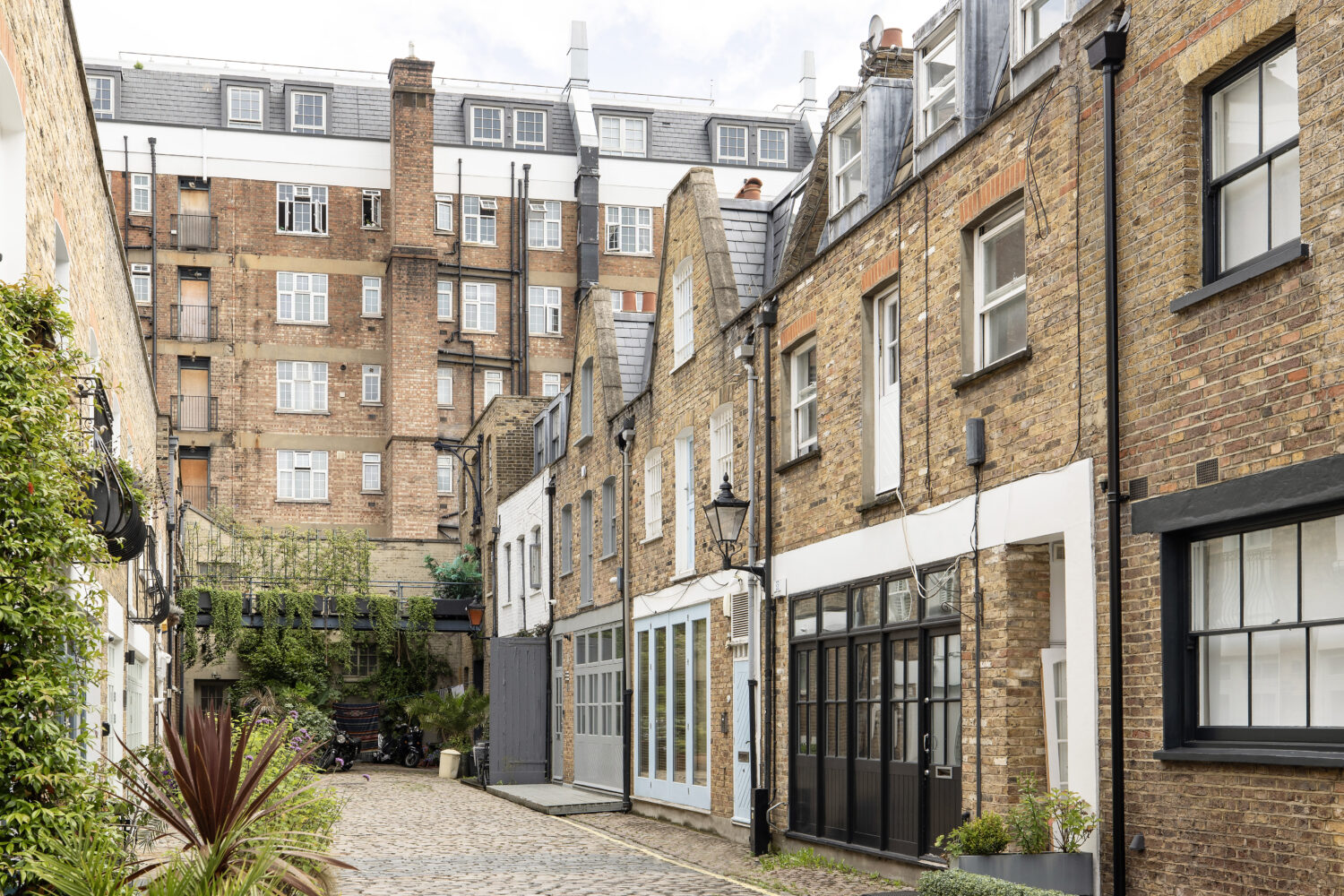
What advice would you give anyone planning to buy a dilapidated mews, or because these projects are far rarer to come by now, what would your advice be about transforming or reconfiguring the space to create a comfortable home?
Do plenty of homework to find out what you’re taking on. Find a good architect who has worked on mews projects previously and is really familiar with their quirks and unique versatile accommodation. It’s important to make sure you know the planning laws and have all the permissions you need. Then find a good building firm and establish your budget. While neighbours will appreciate you’re upgrading, any building project will cause disruption locally, so try to be as considerate as possible and pre-empt this by letting your neighbours know about noise and any limited access in advance.
